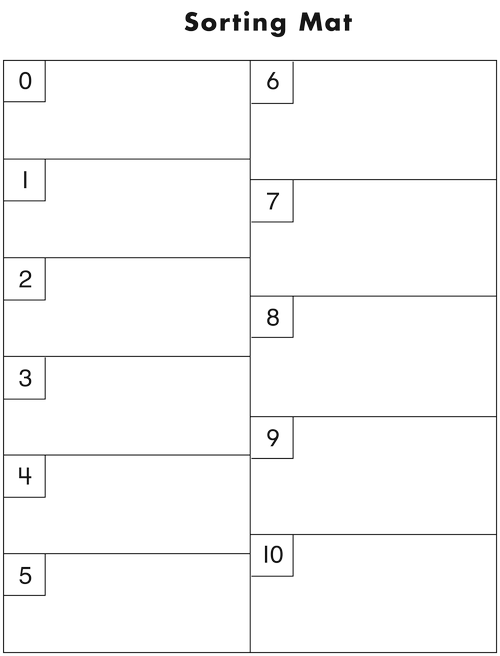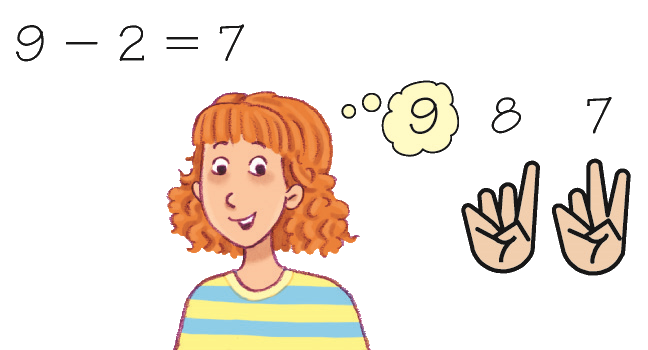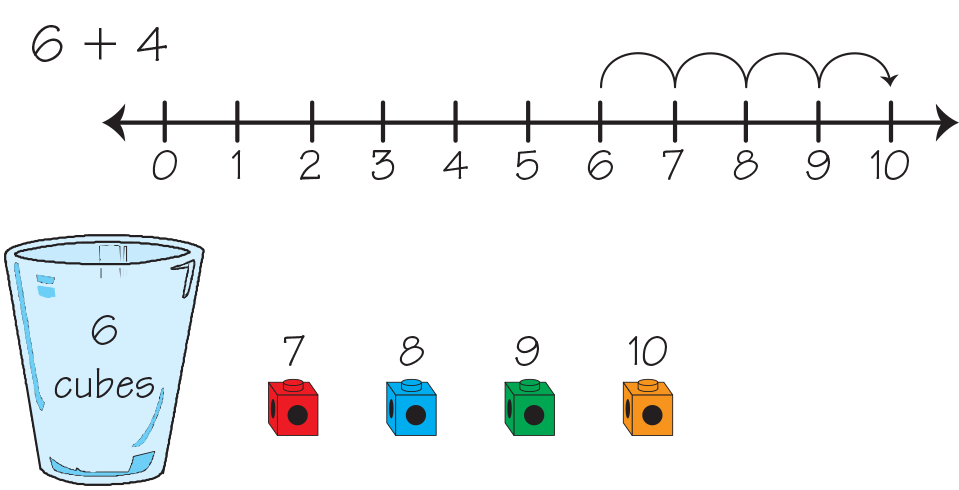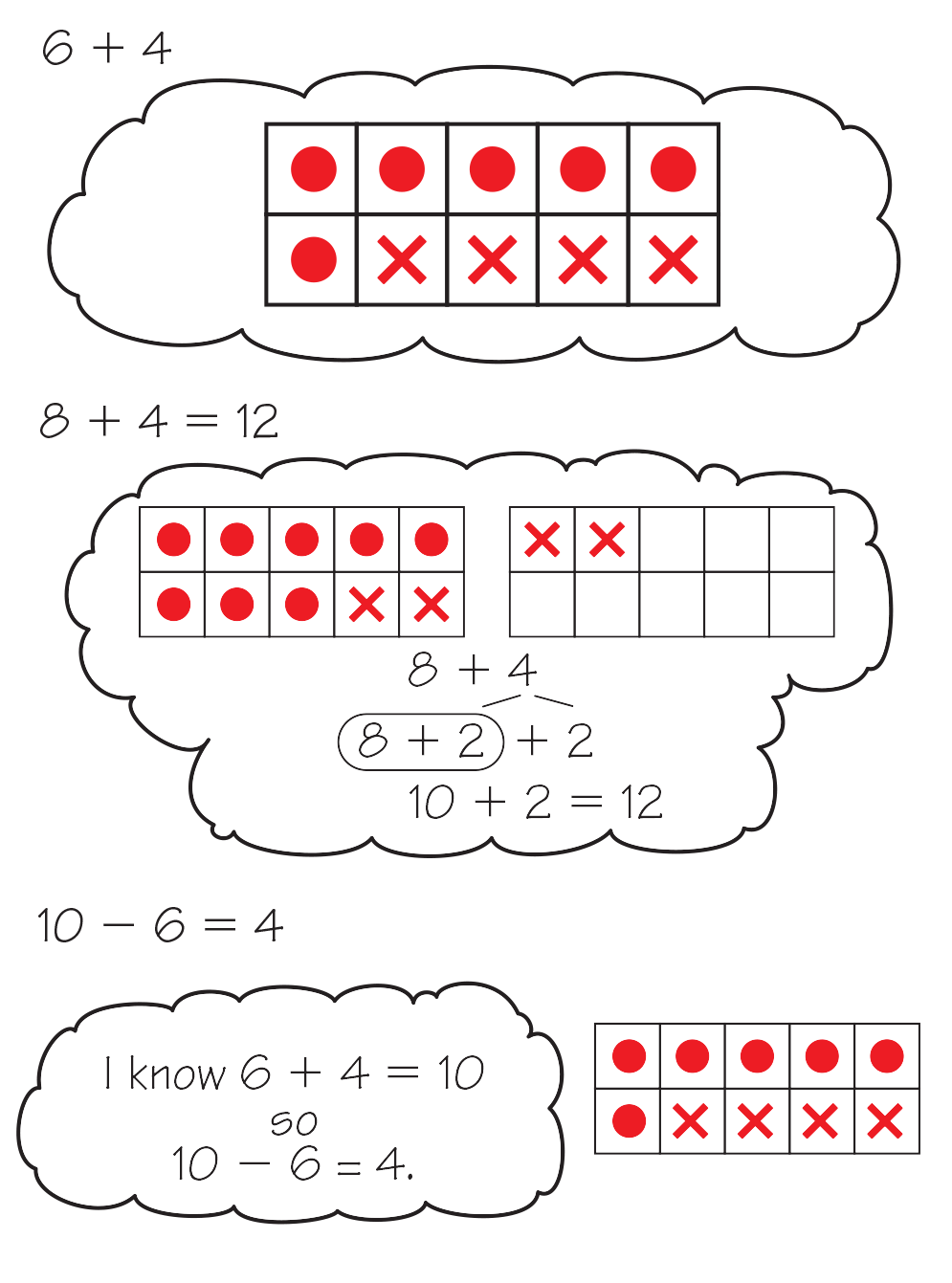Students explore using tools and addition and subtraction strategies to solve take-away, part-whole, and comparative subtraction problems. They play the game How Many in the Bag to develop the counting-up strategy. They practice using number lines to help find the solutions to subtraction problems.
Content in this Lesson
- Representing subtraction using stories, pictures, diagrams, counters, number sentences, number lines, or ten frames [E2].
- Making connections between different representations of quantities.
- Using strategies that apply the properties of addition (e.g., turn-around, zero) to solve addition and subtraction problems [E4].
- Solving word problems (e.g., separate/take away, part-whole, compare) involving two whole numbers whose answer is less than or equal to 10 [E6].
- Subtracting using invented, counting (e.g., counting on, counting up, counting back), and reasoning (e.g., making ten, using ten, using doubles) strategies [E7].
Daily Practice and Problems Y–BB
Assessment in this Lesson
| Assessment | Expectation Assessed | Math Practices Expectation Assessed |
|---|---|---|
| Observe Game How Many in the Bag Teacher Guide - digital |
|
|
| How Many in the Bag Number
Sentences Student Activity Book Page 155 |
|
|
| At the Zoo Check-In: Questions 4–7 with Feedback Box Student Activity Book Pages 158–159 |
|
|






















